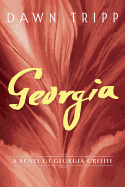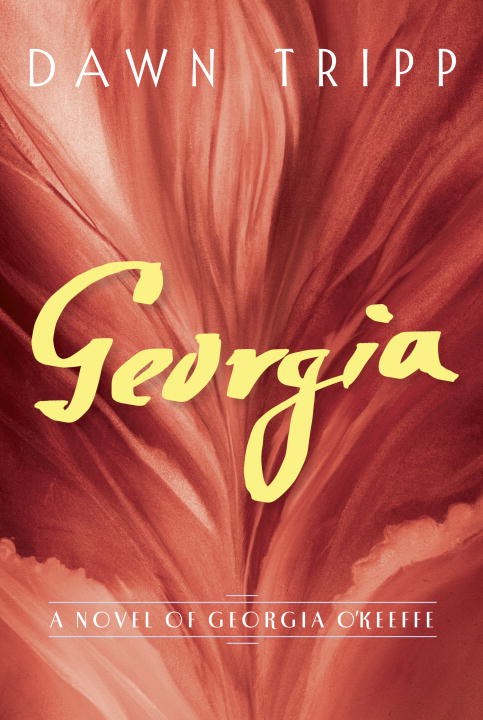 Though Georgia O'Keeffe is best known today for her stunning outsize flowers and Southwestern landscapes, there was much more to the woman and to her art. In her fourth novel, Georgia, Dawn Tripp (The Season of Open Water) plunges readers into a vivid narrative of O'Keeffe's evolution as an artist, her long and prickly marriage to the photographer Alfred Stieglitz, and her complicated relationship with the publicity and recognition she received.
Though Georgia O'Keeffe is best known today for her stunning outsize flowers and Southwestern landscapes, there was much more to the woman and to her art. In her fourth novel, Georgia, Dawn Tripp (The Season of Open Water) plunges readers into a vivid narrative of O'Keeffe's evolution as an artist, her long and prickly marriage to the photographer Alfred Stieglitz, and her complicated relationship with the publicity and recognition she received.
Tripp brings O'Keeffe to life through first-person narration, telling the story of her years as an art teacher in Texas, the bold charcoal drawings she sent to Stieglitz at his gallery in New York City, the way she fell headlong into a relationship with the photographer and into his glittering bohemian circle of artists, writers and critics. A curator as well, Stieglitz delighted in discovering and promoting new artists, including O'Keeffe, who became his lover and, later, his wife. Though she allowed Stieglitz to photograph her and display his photographs--which made an instant sensation in the art world--O'Keeffe rebelled against critical reviews that insisted on tying her work to those images. As she explored new forms and subjects for her art, she also began spending summers in the Southwest, where the immense landscapes and sharp, unrelenting light captured her imagination. Tripp deftly contrasts the New York art world, crowded with political intrigue and complicated personal relationships, with the vast stillness of New Mexico, where O'Keeffe could live and paint exactly as she wished.
Tripp's writing is the linguistic equivalent of O'Keeffe's art: bold, luminous, full of unusual juxtapositions. As O'Keeffe begins experimenting with scale and form in her flower paintings, Tripp says she "took that simple delicacy of a flower and kicked the shape open." Instead of a typical still life of flowers in a vase, "life at arm's length," O'Keeffe wanted to portray ordinary objects as their immediate, essential selves, "not constrained, but altogether different."
Following the arc of O'Keeffe's career, Tripp delves into the tension between the public artistic image (largely curated by Stieglitz, at least early on) and the private desires of the woman who simply wanted to create. Drawing on meticulous research into O'Keeffe's correspondence and career, Tripp goes beyond the public icon to imagine a character "so human, so flawed and imprecise, and beautiful for that."
While it will appeal to fans of O'Keeffe's work, Georgia will also draw readers who love a compelling story. By exploring one woman's struggle to be seen and valued for herself, Tripp asks important questions about gender, love and the roles of criticism and public image in art. --Katie Noah Gibson, blogger at Cakes, Tea and Dreams
Shelf Talker: Dawn Tripp's fourth novel is a dazzling exploration of Georgia O'Keeffe's artistic career and the deeply human woman behind the cultural icon.











 "We are a not-for-profit organization, owned by its members, the majority being students. We believe that an independent, member-owned structure ensures that the Co-op can meet student needs, adapt to a rapidly changing industry, and stay financially and socially sustainable regardless of what the future brings. It is our intention and goal to raise as much support and awareness as possible to prevent a private retailer from taking over the UConn campus bookstore.
"We are a not-for-profit organization, owned by its members, the majority being students. We believe that an independent, member-owned structure ensures that the Co-op can meet student needs, adapt to a rapidly changing industry, and stay financially and socially sustainable regardless of what the future brings. It is our intention and goal to raise as much support and awareness as possible to prevent a private retailer from taking over the UConn campus bookstore.
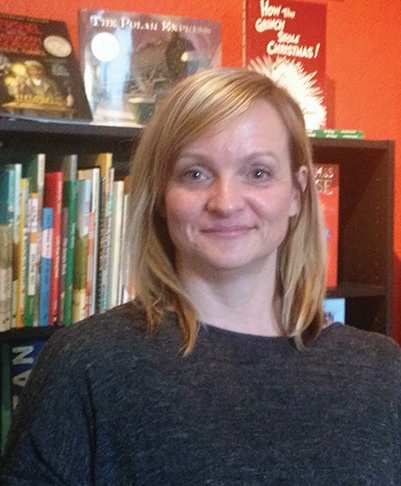
 Cathy Langer, head buyer of
Cathy Langer, head buyer of 
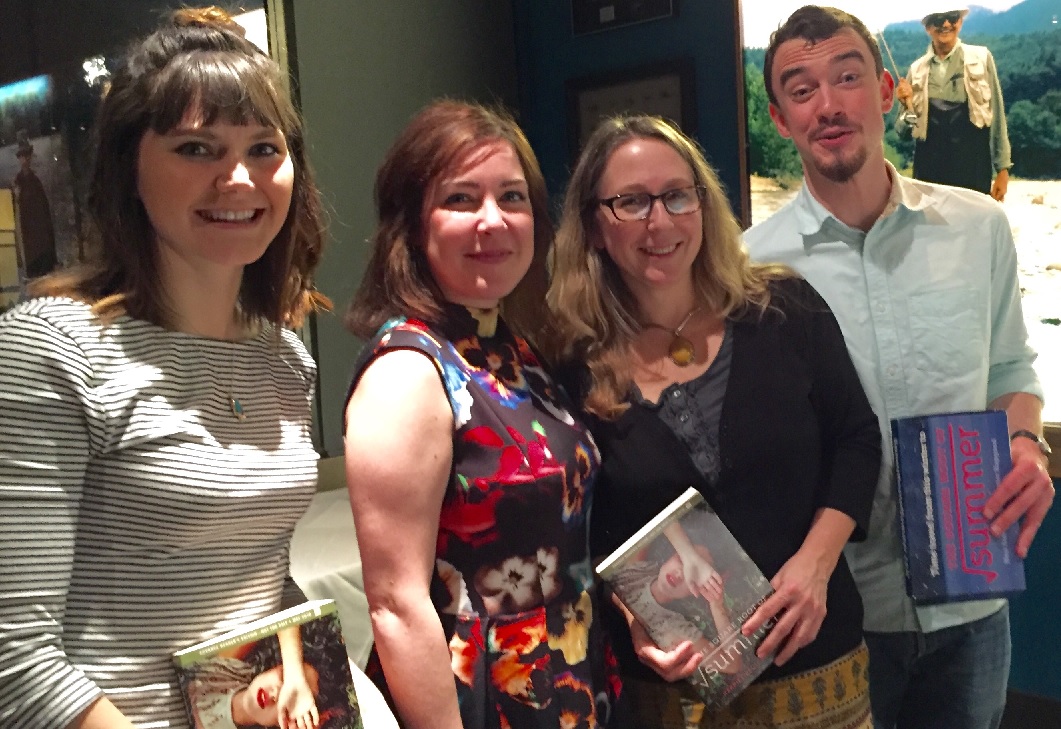
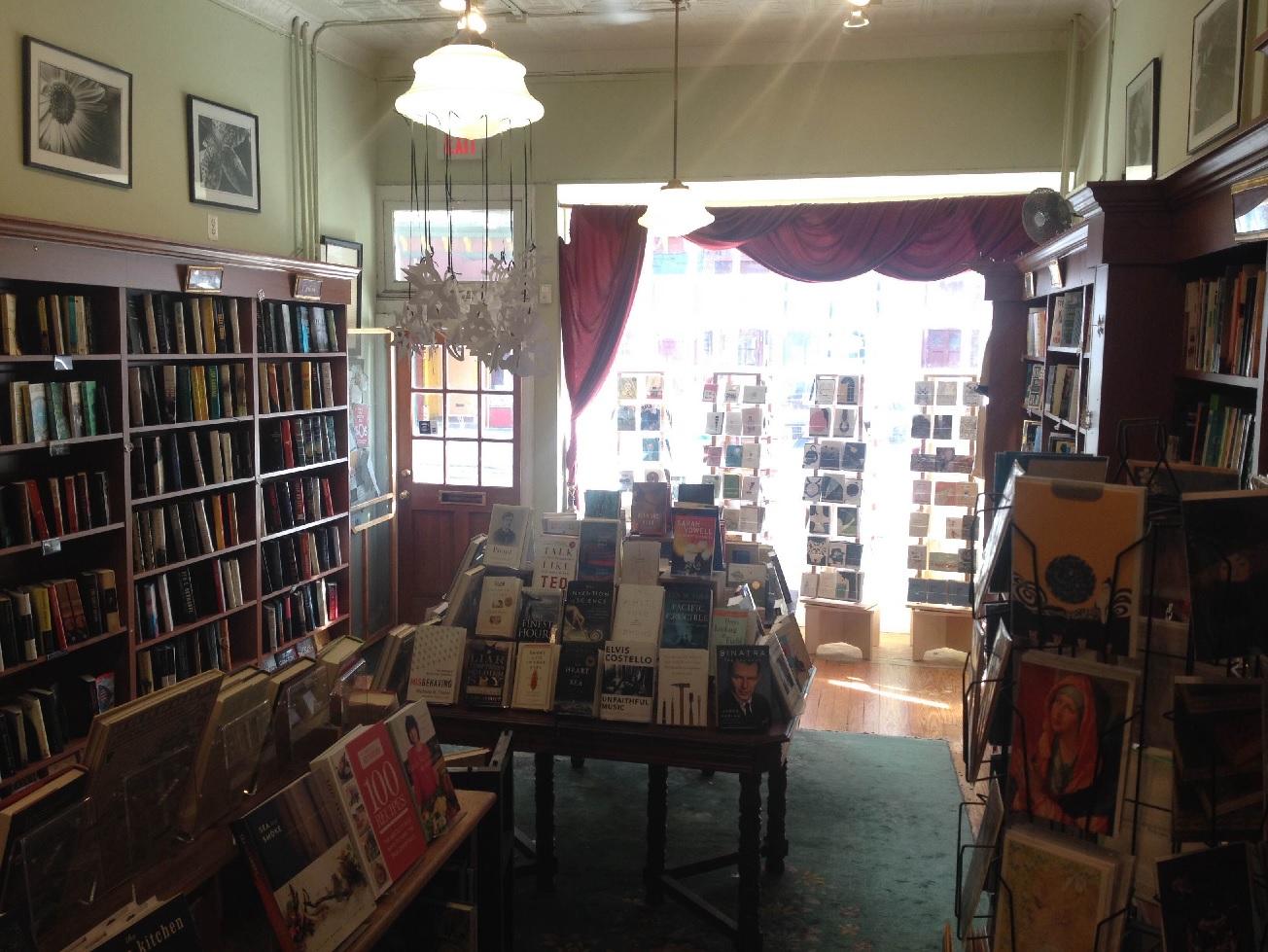 The weekly promotions, announced via e-mails, include a "Book of Gratitude," which will contain various promotions and prizes for randomly selected customers to win each day. These include a wrapped present from the grab bag, a gift certificate, a discount off a purchase or a Book of the Month membership. Another week's celebration invites customers to write 10-word love letters to the shop; winning entries will be published and awarded prizes.
The weekly promotions, announced via e-mails, include a "Book of Gratitude," which will contain various promotions and prizes for randomly selected customers to win each day. These include a wrapped present from the grab bag, a gift certificate, a discount off a purchase or a Book of the Month membership. Another week's celebration invites customers to write 10-word love letters to the shop; winning entries will be published and awarded prizes.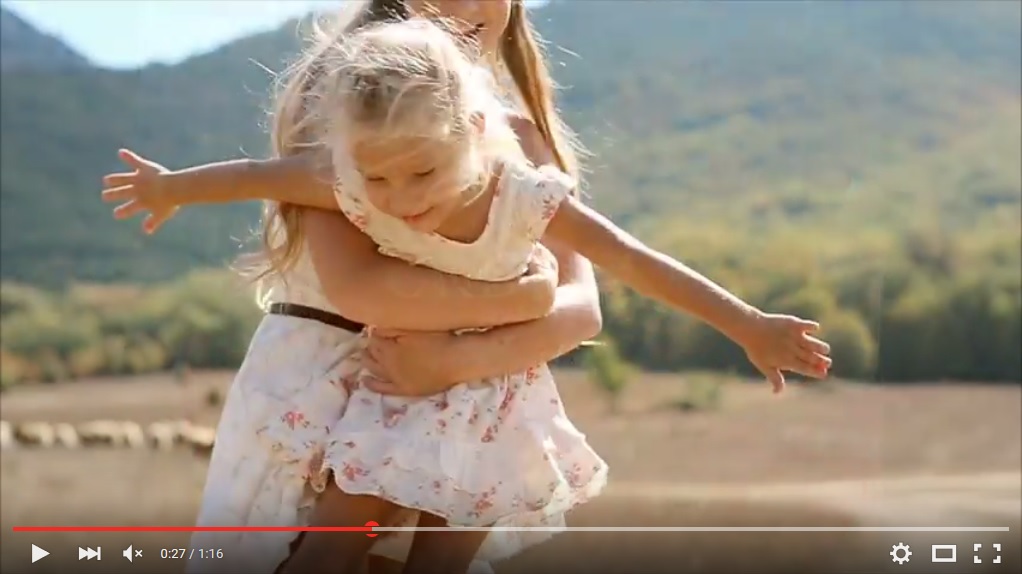 No Ordinary Life
No Ordinary Life Though Georgia O'Keeffe is best known today for her stunning outsize flowers and Southwestern landscapes, there was much more to the woman and to her art. In her fourth novel, Georgia, Dawn Tripp (The Season of Open Water) plunges readers into a vivid narrative of O'Keeffe's evolution as an artist, her long and prickly marriage to the photographer Alfred Stieglitz, and her complicated relationship with the publicity and recognition she received.
Though Georgia O'Keeffe is best known today for her stunning outsize flowers and Southwestern landscapes, there was much more to the woman and to her art. In her fourth novel, Georgia, Dawn Tripp (The Season of Open Water) plunges readers into a vivid narrative of O'Keeffe's evolution as an artist, her long and prickly marriage to the photographer Alfred Stieglitz, and her complicated relationship with the publicity and recognition she received.